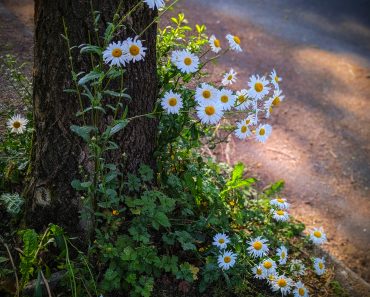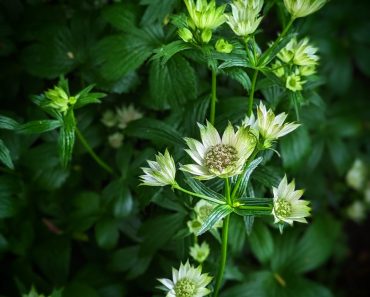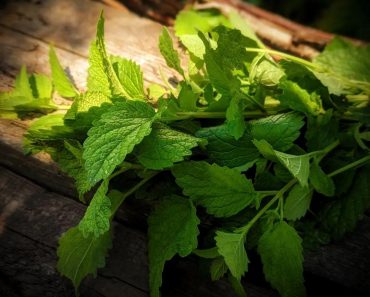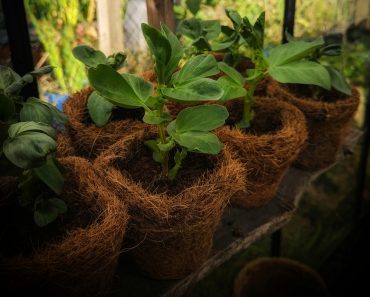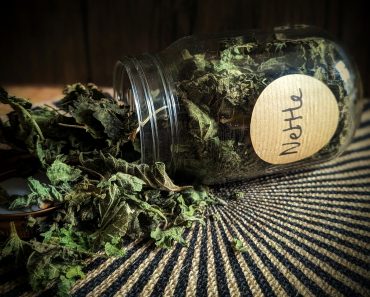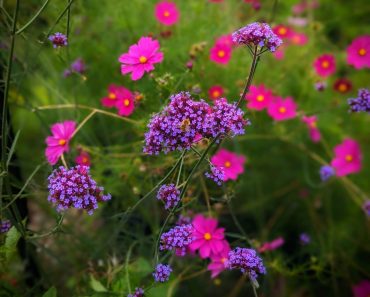What a fabulous flower this is! Rudbeckia Hirta isn’t shy in bringing pops of beautiful colour to Summer beds! I call it a stop and stare flower… it draws the eye and draws a smile! Which is pretty much all im looking for out of a flower! These vibrant annuals are easy to grow and require minimal fuss! Here’s how I grow mine…
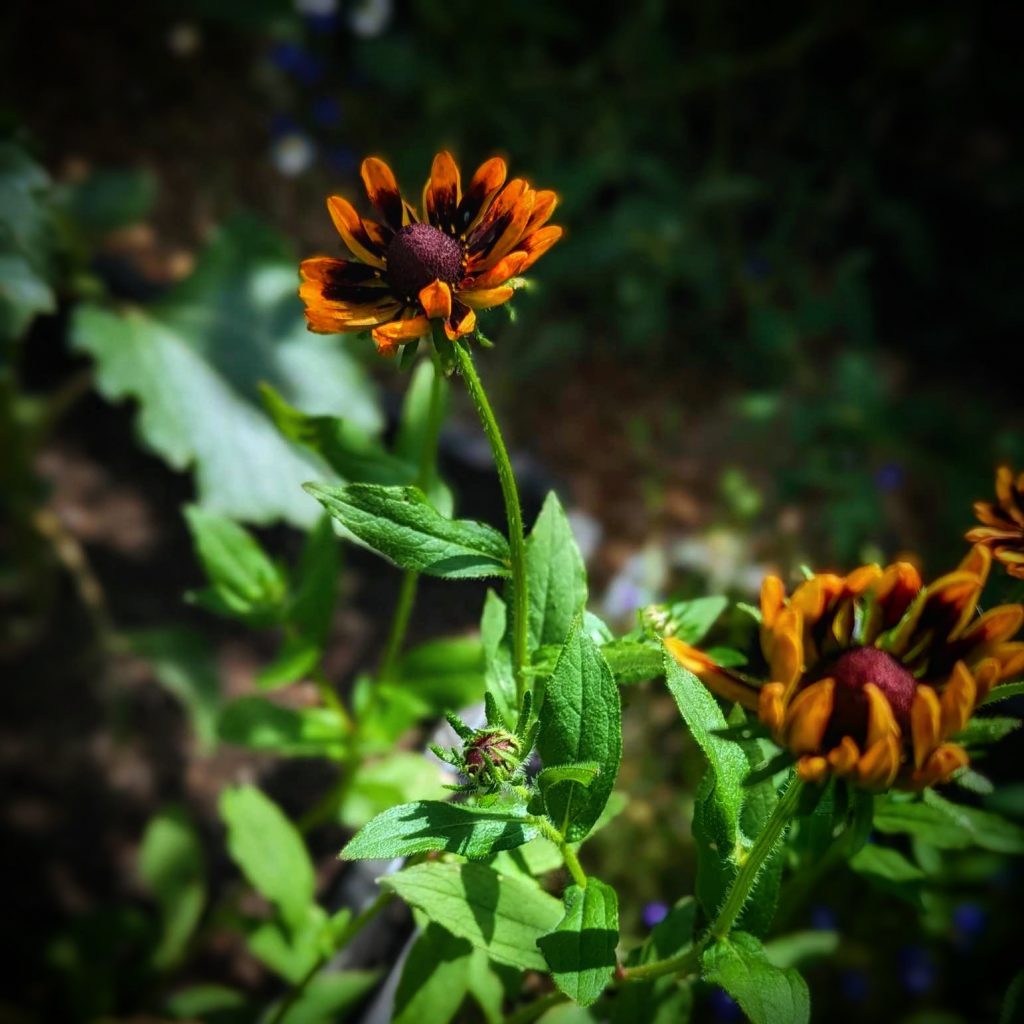
This post may contain affiliate links please see my disclosure policy
Also known as….
Rudbeckia, a member of the Asteraceae family are also known as Blackeyed Susans, Coneflowers, oxeye and Gloriosa Daisies
Are Rudbeckia Annuals Or Perennials ?
Rudbeckia Hirta are usually grown as annuals in the UK and then popped in the Compost bin come Late autumn. But Rudbeckias can also be biennials or perennials depending on the variety you choose to grow. *The Rudbeckia genus comprises around 20 different species.
Rudbeckia History
Rudbeckia is native to North America and was once regarded as a valuable medicinal aid by Native American tribes. The Native Americans would use the plant to wash and heal sores, swellings and snake bites.
Rudbeckia was introduced to Europe thanks to the action of one man, an American botanist named John Bartram (1699 – 1777). He sent Rudbeckia seeds to Europe via an Englishman named Peter Collins. Mr Collins then brought them to the attention of a swedish fellow named Carl Linnaeus….
Carl Linnaeus (1707 – 1778) was a Swedish botanist, zoologist, taxonomist, and physician and in 1753 he named the flower after his mentor and University teacher Olaf Rudbeck – like his mentor the flower was also tall in stature! The Hirta part was latin for rough and hairy! – If you’ve ever looked closely at a Rudbeckia flower you’ll understand why the name is so fitting!
Rudbeckia Hirta Characteristics
Rudbeckia Hirta has daisy like blooms with bright yellow or Orange flowers, each having a dark, raised dome centre. They can grow to heights of 30–100 cm with a spread of 30–45 cm.
Flowers arrive from July-October
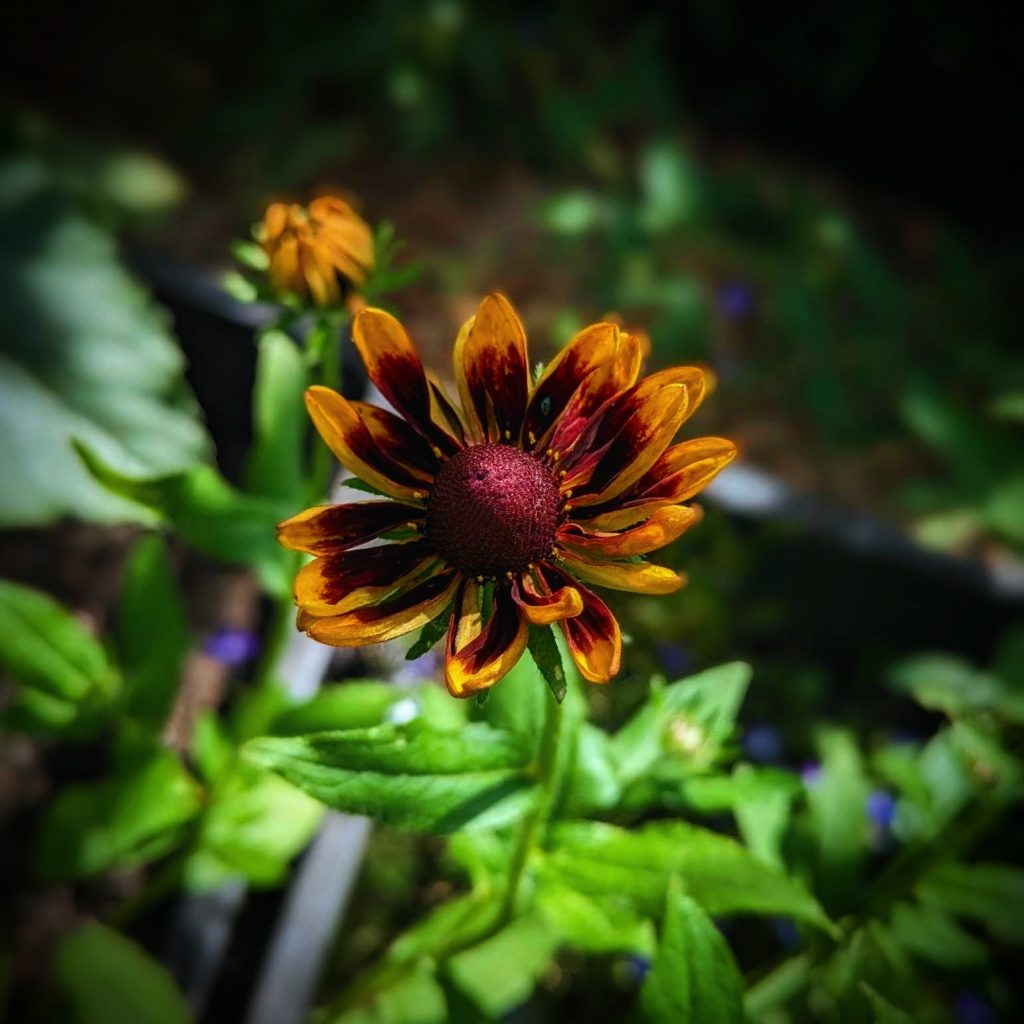
10 Fabulous Reasons to Grow Rudbeckia Hirta
- Bees and butterflies love them!- These gorgeous flowers are vibrant beacons for pollinators!
- Feed the Birds! – At the end of the growing season, birds are particularly fond of Rudbeckia seeds!
- Great for containers– Rudbeckia hirta are more than happy to grow in pots, just provide a pot large enough
- Add height and colour to beds and borders
- Wonderful for Cottage and informal garden schemes
- They make Wonderful cut flowers– Rudbeckia Hirta should last up to two weeks in a vase, just be sure to change the water frequently
- Non Toxic – Rudbeckia Hirta is perfectly safe for your animals. I even like to plant them amongst my edibles in my vegetable beds to attract pollinators
- Repeat Blooms– Keep on top of the deadheading for new growth and new flowers!
- Easy to Grow– no fancy equipment needed!
- *The most important Reason-They are absolutely Beautiful!!!
How To Grow rudbeckia Hirta
Affiliate links
Buy Rudbeckia Hirta Seeds ‘Cappuccino’
Sow Indoors
- Sow Rudbeckia Hirta indoors from February to April.
- Sow in pots, modules or trays in a good quality compost at a depth of 1/2 cm
- Cover with a propogator lid or polythene bag and place on a warm windowsill
- Try to keep the soil damp but not wet
- Germination should occur within 14-21 days. Remove cover once seedlings emerge
- When Seedlings are large enough to handle, pot on into individual pots or modules.
- Plant out once all risk of frost has passed, 20-30cm apart in a full sun spot** Be sure to harden off indoor raised seedlings first

What Does Hardening Off Mean?
Plants raised indoors or in a greenhouse environment, need to be acclimatised to cooler temperatures and increased air movement for about two to three weeks before they are planted outdoors permanently. This is a ‘toughening up’ practice to prepare the plants for their new environment.
How to Harden Off
Place your plants out for a couple of hours in a shady part of the garden. The next day, leave them out again for two hours, but this time allow the plants an hour of direct sunshine in the morning. Gradually continue to increase the length of time the plants are in direct sunshine over the course of roughly two weeks.
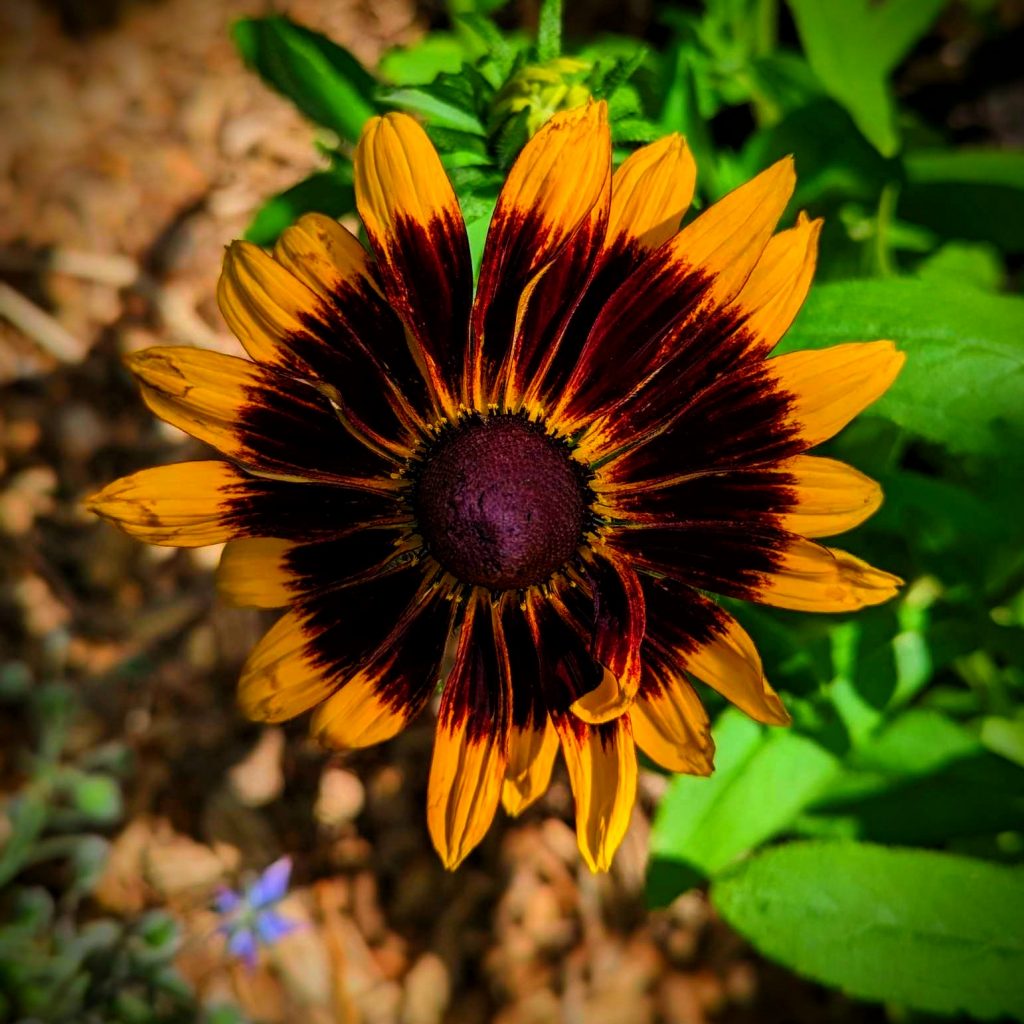
Sow Direct Outdoors
- Direct sow Rudbeckia Hirta seeds outdoors where they are to grow from April to June
- Pick a full sun spot on well drained soil
- Rake to a fine tilth and sow seed seeds thinly, at a depth of 1/2 cm.
- Water regularly, especially during periods of drought.
- When seedlings are large enough to handle, thin them out to roughly 20- 30cm apart.

Rudbeckia Hirta sun Requirements
Rudbeckia Hirta prefer a full sun position but will tolerate partial shade.
Rudbeckia Hirta Water Requirements
Rudbeckia Hirta are drought and heat tolerant once established, but during the early days before the plant produces buds, provide them with an evenly moist, well-drained soil
Should You deadhead Rudbeckia Hirta Flowers?
Yes! Be sure to keep on top of the deadheading to keep the blooms coming! We want to encourage new growth
CREATING A GARDEN? CHECK OUT THESE POSTS…
- How To Grow Lobelia
- How To Grow Liatris Spicata
- How To Grow Cerinthe
- How To Grow Cirsium Rivulare
- How To Grow Delphiniums
- How to Grow Dahlias
- How To Grow Sweet Pea
- How To Grow Snapdragons
- How To Grow Cosmos
- How To Grow Verbena
- How To Grow Erica Carnea
CREATING A GARDEN ? TAKE A LOOK AT THESE FRUGAL DIY POSTS…
- DIY Potting Shelter
- DIY Potting Shed Made From Doors!
- Free Greenhouse Makeover!
- 10 ways to create a vertical Garden
- DIY Potting Bench From Scrap Materials
- How to Build a Bee hotel from Pallet wood
- How To Make A Rustic Fence with Tree Branches
- DIY Free Crazy paving Path
- How To make a garden arch with tree branches
LOOKING FOR MORE ‘HOMELY’ INSPO ?
Have a Nosey Around the Blog! See what i’ve been Baking, Growing and Brewing! Also, pop over and say Hi on Instagram

